The Article
ZENO HEADPHONE CABLES FROM ATLAS
27th January 2023
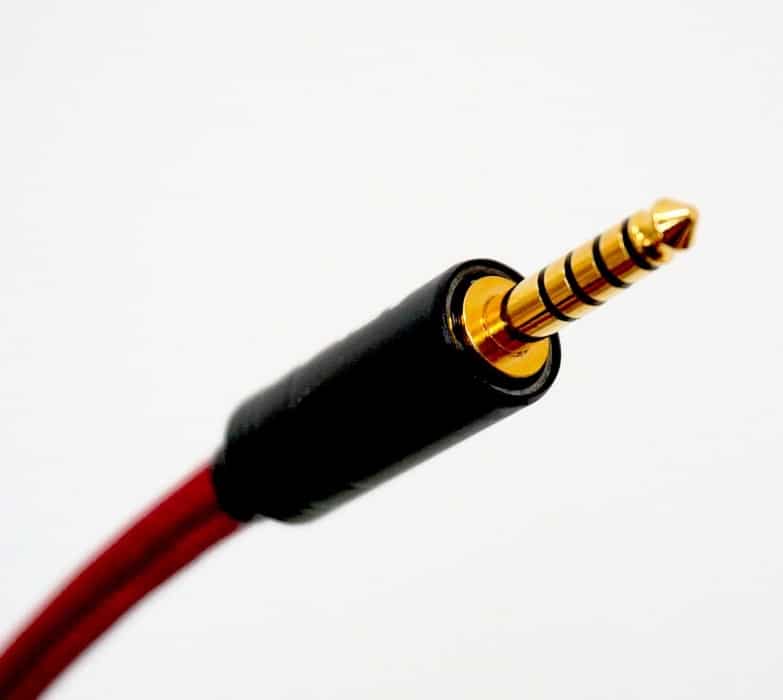
Focusing on a trio of Zeno replacement headphone cable flavours from Scottish outfit, Atlas. Paul Rigby plugs in (and back out again)
This piece is a sort of Zeno review update but also a review expansion. I’ll get to that in moment. But first? A quick chunk of context for you.
Back in 2016 – my how time has flown – I looked at a replacement headphone cable from the good people at Atlas for the Sennheiser HD800. The Zeno was initially created by Michalina Kulinska, for the company. I interviewed Kulinska ‘live’, as it where, further back in time, at an old Whittlebury HiFi 2015 show in the UK. You can hear that interview here, it’s just a brief chat of around four and half minutes so pop over there to grab some insight on this cable. Scroll down a bit though, there’s other interviews on the same page.
In my review, I looked at the Sennheiser design as the host for the Zeno but the Zeno wasn’t just aimed at the HD800s. The Zeno could and still can be bought as a cable replacement for a host of headphone types from brands like Meze, Abyss, AKG, MrSpeakers, Oppo, Audeze, Audioquest, Focal, Ultrasone and many more. Check out this Atlas page for more info on that.
So any sonically-related views you see here can also be extrapolated for other brands too.
WHY REPLACE HEADPHONES CABLES?
Out of the box, cables attached to the majority of headphones are…fine. They sound…ok. They do the job, in basic terms. Too often though, the headphones themselves offer more sonic potential. More capacity. More performance potential that you’re not really hearing. And that’s because of those default cables. The cables themselves ultimately act as performance bottlenecks. So, in effect, you’re wasting money because you’re only ever hearing what, 70% (a rough guess) of the capability of your selected headphones.
Too often, headphone companies make do with a given connecting cable. There’s two major reasons for that. Some companies want to do so much in headphone tech terms the they use up most of the budget on the drivers and the chassis and the like (including the box, of all things). So there’s hardly anything left for things like cables.
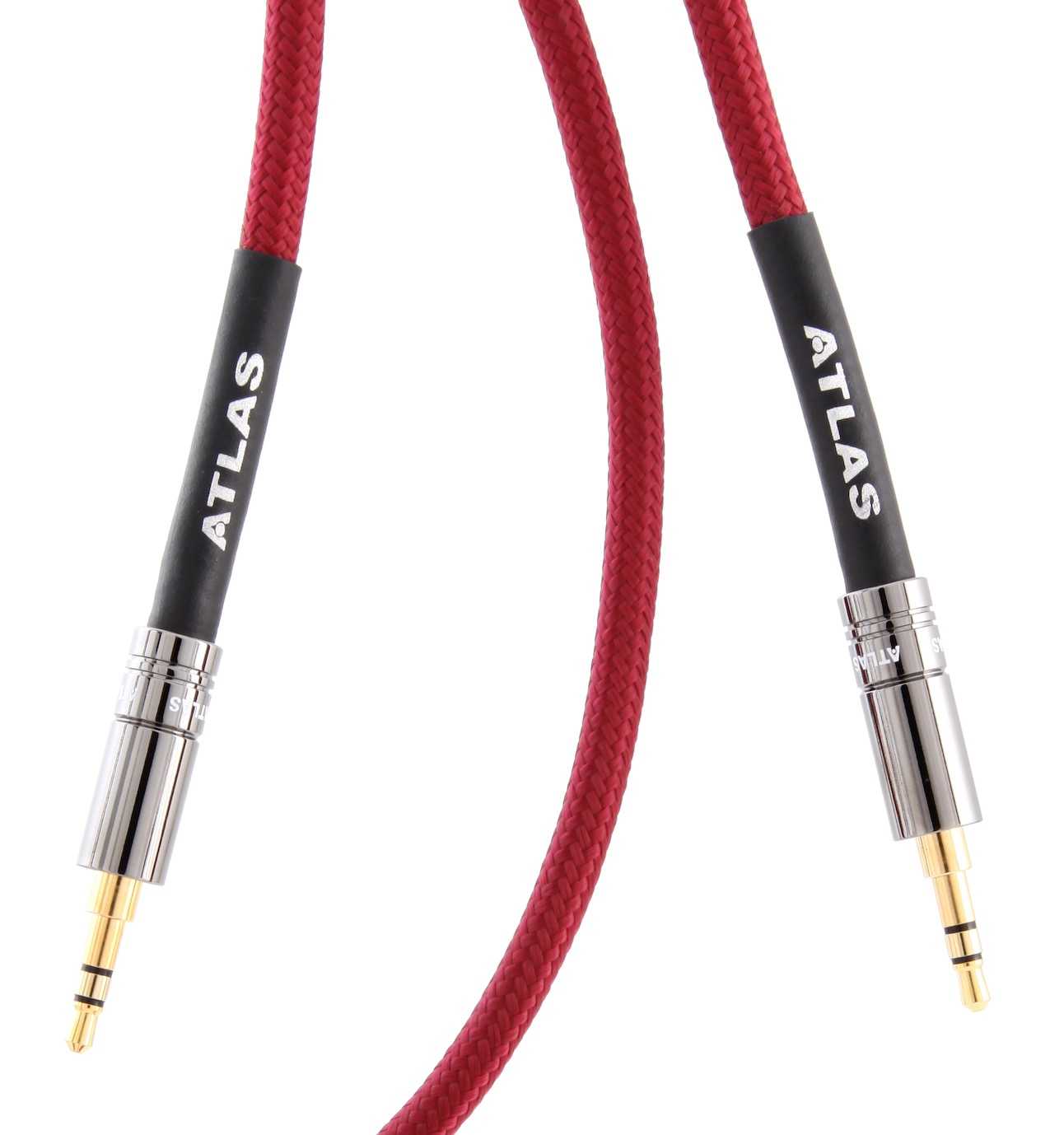
Then there’s the other HiFi companies out there that don’t see the cabling as important at all. And I find that view quite remarkable, because it’s incorrect.
“But they’re the experts aren’t they?” You cry. “Surely they would know wouldnt they?”
You’d think so, wouldn’t you?
Thing is though, there’s a difference being an expert in headphone design and being an expert in cable design.
Imagine, if you will, an expert in cable design and only cable design suddenly producing a high-end pair of headphones. Would you be surprised if the headphones didn’t sound A1?
Well then, why are you surprised when the situation is reversed?
Hence, a pair of headphones comprises of two specialist technologies. The headphones and then the cable. Both have to work together. Pay less attention to one of those and issues occur.
This is why I have third-party cabling on all of my headphones and each headphone design features a performance hike because of it.
PRICES PRICES
Back in 2016, I stated that I loved the sound of the Zeno but, for the price, I wanted more performance for the money. Well that was 2016. A lot has changed in the world since then. Prices have risen all over the place. Of course, you know all about that, don’t you?
Well, HiFi hasn’t been any different. Sometimes, the price rises have been shocking. Absolutely shocking. I am sure that many people have felt priced out of the hobby after recent events.
Back in 2015, when the Zeno was just about to be launched, I was told by the designer that the price of this cable would hit around £250 for a standard 2m length. Give or take.
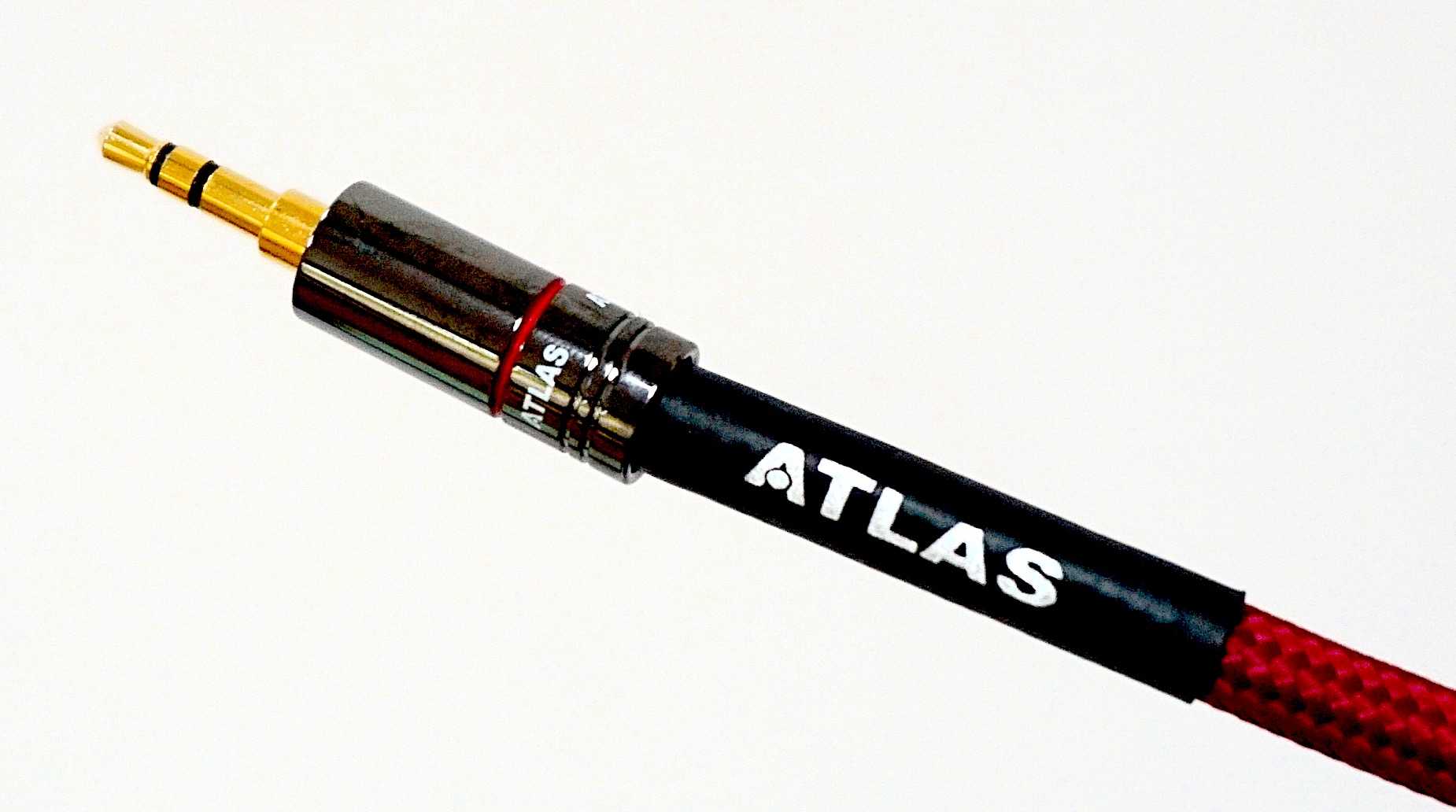
Now, eight years later? This cable can be yours for £480. Which is, as I’m sure you will agree, more than most people’s weekly pocket money. Even so, a rise of £230 or so over eight years? Well, its not exactly great but it’s also not that bad. Not when you look around and see what else has been happening in the world during that time and the hyper acceleration on many tech prices.
Back in 2016, during the actual Zeno review, I actually preferred the sound/price balance of the Russ Andrews Kimber Axios cable upgrade for the HD800 headphones. It was actually more expensive than the Zeno at around £600 or so but worth it, I felt. Yet that same cable is now touching £900. That final pice is eye watering. Also, over time, I have had issues with the build quality of the Axios. It keeps snapping where the headphone plugs meet the cable (I never had issues with the Zeno or felt that there was a future issue in store, either).
Thus! All of a sudden, the Zeno is a decent proposition, a better proposition for those looking to upgrade their headphone cabling.
THE ZENO TRIO
So I thought I would take a look at the Zeno all over again. Partly to re-appraise the design but also to catch up with its development since those very early days.
For example, I now run an Astell&Kern Kann Alpha digital audio player. Itself a pretty high-end machine. This design offers lots of flexibility in that it can take cables terminating in 3.5mm single ended but also 4.4mm balanced Pentaconn and 2.5mm balanced connections.
Atlas kindly supplied me with three of those terminations, each attached to its own Zeno, each created for use with the Sennheiser HD800 headphones. I also tested the single-ended version of the cabling in my Icon Audio HP8 Mk.II headphone amplifier connected to my reference HiFi, for good measure.
DESIGN
The Zeno cables use OCC copper cold-weld solder-free construction methods. Why? To produce a signal path with the minimum of breaks in continuity. The latter can reduce sound quality.
The terminations include Metik connectors for the examples I’ll be using here but you can also find 4-pin XLR pugs, if you need those.
In terms of cable length? That ranges from 1.5–4m and can be increased by 0.5m increments, with custom lengths available on request. The company is also open to “weird and wonderful” connection requests. “…simply supply us the headphone brand and model type and we will check plug compatibility and also wiring requirements,” said Atlas.
There are lightweight versions of the Zeno available too plus IEM versions. Have a chat with the company for your requirements.
SOUND QUALITY
Connected to my reference HiFi system, I played a range of vinyl and CDs covering rock (i.e. Yes), singer-songwriter tracks (i.e. Neil Young) and jazz (i.e. Sonny Rollins)
Single-Ended 3.5mm
I was, on broad level, impressed with the vocals which exhibited improved focus over the default cable. Previously there could be a slight touch of blur, even a slight treble highlight during crescendos, which wasn’t pleasant.
Tonal realism was another highlight with the Zeno. In what way, exactly? Bass was heavier and more secure when percussion brought down that low-frequency thump.
Clarity was also improved. This was most noticeable during brass instrument sections and piano sequences. Output from this area was complex as a result, richer you might say.
Higher resolution sources lost that slight midrange edge, a touch of brittleness during crescendos. Hence, the upper frequencies offered a confident, mature sound. It was almost as if this cable enabled a greater dynamic reach from the HD800s, allowing the headphones to push further, exploring distant corners.
I replicated all of the above on my Astell&Kern DAP, incidentally. On that subject, let’s look closer at that unit shall we?
Balanced 4.4mm Pentaconn
So what’s the review criteria behind this iteration of the cable? I want more. I want more than single-ended. I want a broader soundstage, complex detail and more of it. Of course, you need a source unit that ‘does’ balanced well and not all sources do. Offering balanced play as a feature doesn’t necessarily equate to improved performance. Some hardware sources make a complete pig’s ear of balanced play. The Kann Alpha excels at balanced output and so is a fine test platform for this balanced cable.
Actually the first thing I looked for was higher gain and I got that. I had to lower the gain to find the same volume as heard on the single-ended cable. Good.
And the soundstage? Larger. Front to back and also side to side. More space and air could be found here. Single-ended mode sounded positively claustrophobic by comparison. Again, to be expected so I’m glad I heard it with this cable.
Upper midrange output had that dynamic reach I mentioned above. You can hear that encompassed within the odd, cutting and musically-harsh electric guitar chord. In balanced mode, all of that slashing chord action was visible to the ear. That is, even more information seemed to be encompassed by the 4.4mm connection. Single-ended connections can sometimes chop off the ends of high-energy interjections like this. The Pentaconn Zeno handled it with aplomb.
Balanced 2.5mm
Plugging in this cable, I wanted to hear that broad balanced output, the wide soundstage, good instrumental separation, that essential dynamic reach but I also expected to hear – with a balanced 2.5mm connection – a slightly narrower output. One that shouldn’t be quite as rich as a Pentaconn, one that doesn’t quite have the bass grunt compared to the same or the midrange insight. Yet still manages to provide plenty of flexibility in terms of presentation.
In effect, I expected to hear sound that fitted somewhere in between single-ended and 4.4mm balanced play.
Now an average cable would muddy all of the above, blurring those differences, making detail indistinct, averaging out the information, lowering the space in and around the mids and adding to0 much damping to the bass. Not with the Zeno. The highlights and lowlights were easily recognisable. Everything was where it should be and in its place.
CONCLUSION
And that was the over-riding feeling during his review. In my head I felt like I was box ticking the features I expected to hear and did hear via the Zeno. Each cable type filled a particular expected sonic pigeon hole. Sound variations were presented as they should, differences appeared on cue. For the relative price of these Zeno cables, I didn’t feel short changed or felt that there wasn’t enough detail on offer here.
In short, each cable did the job it was supposed to do and did it well.
Third -party cable replacements should always be part of any upgrade plan, if you’re serious about headphone use. Of course, budget concerns will govern which cable replacements you go for in the end and I can understand that.
Even so, if you do have the budget and no matter what headphones you run, then you should seriously consider the Atlas Zeno.
ATLAS ZENO HEADPHONES CABLES
Price: £480 for a two metre length
Website: www.atlascables.com
GOOD: wide range of terminations, wide range of headphone types covered, wide range of cable lengths, general sound quality
BAD: nothing
RATING: 8
[Don’t forget to check out my Patreon Page at www.patreon.com/audiophileman, for exclusive postings, giveaways and more!]
REFERENCE
Sennheiser HD800 headphones
Icon Audio HP8 Mk.II Headphone Amplifier
Tellurium Q Ultra Blue cabling
Blue Horizon Professional Rack System
Harmonic Resolution Systems Noise Reduction Components
Air Audio AC-2K Balanced Transformer

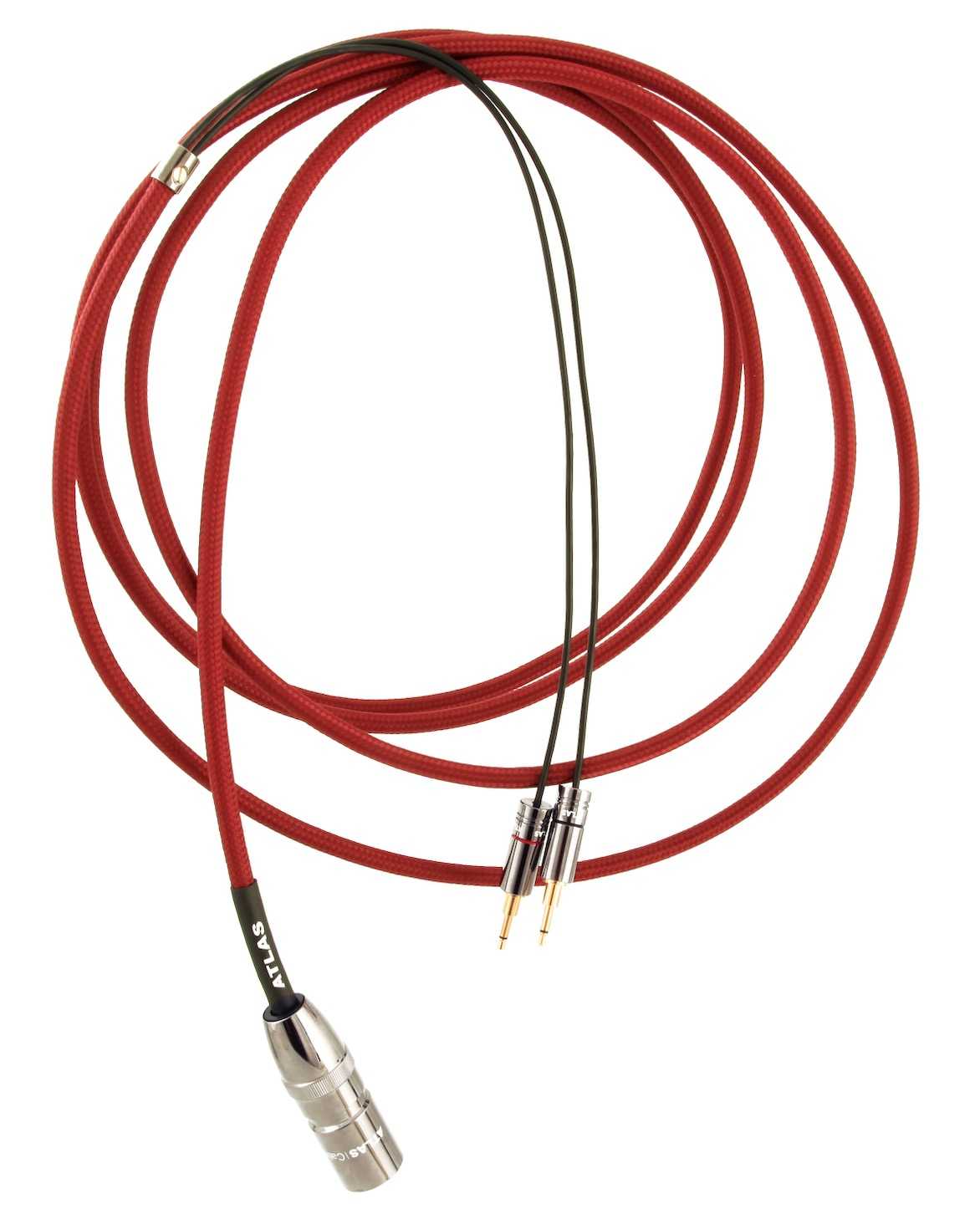
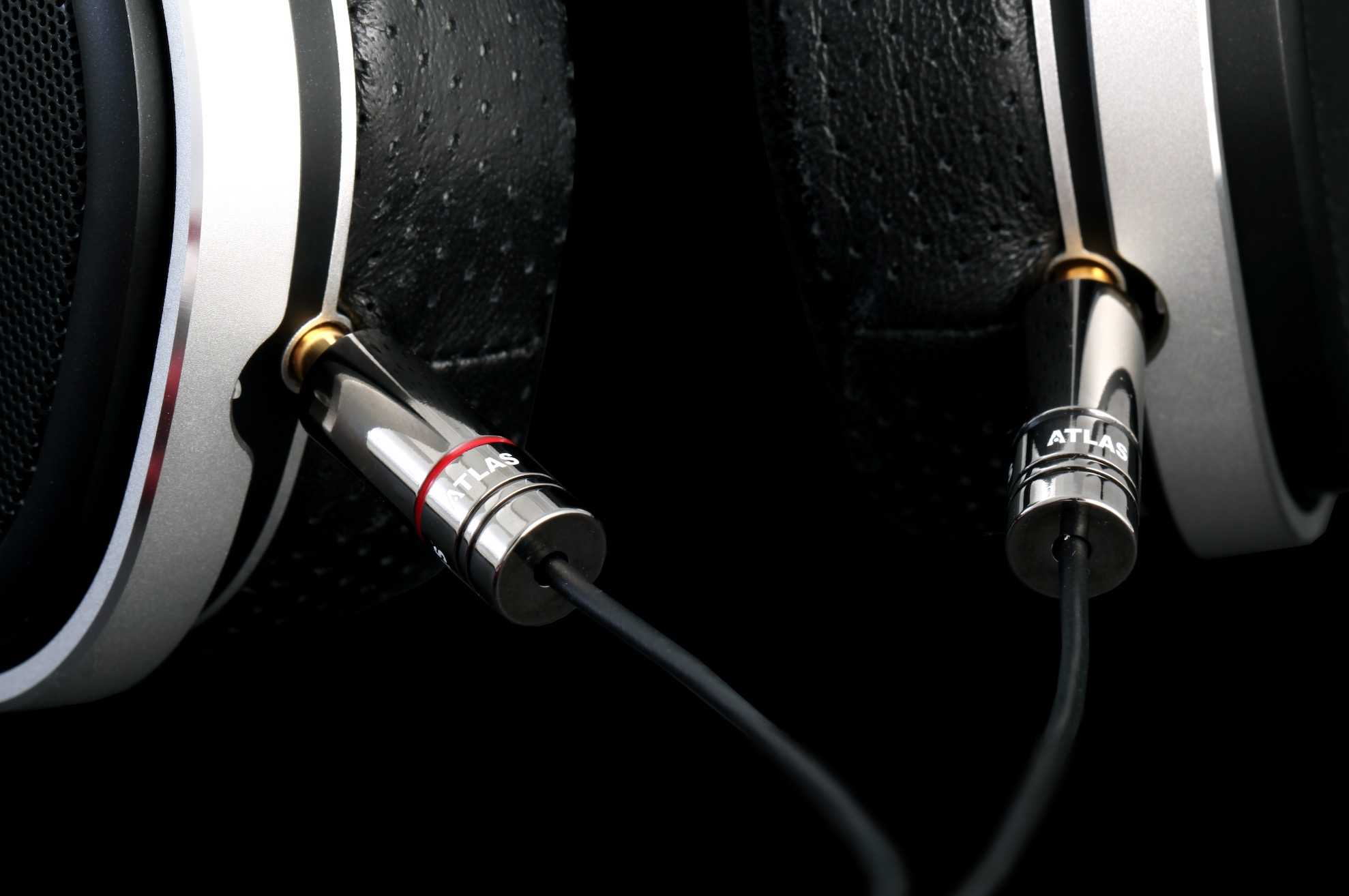
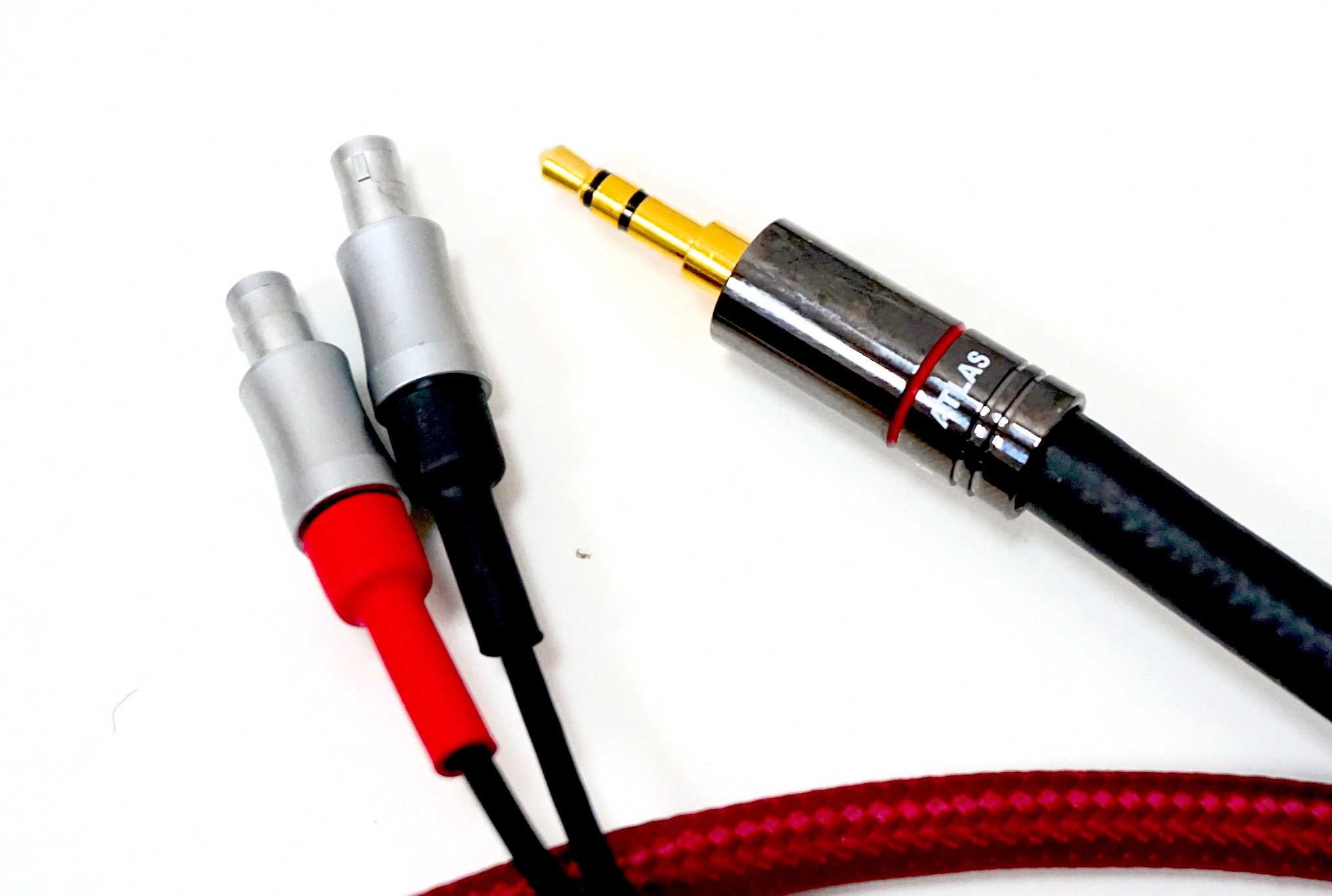
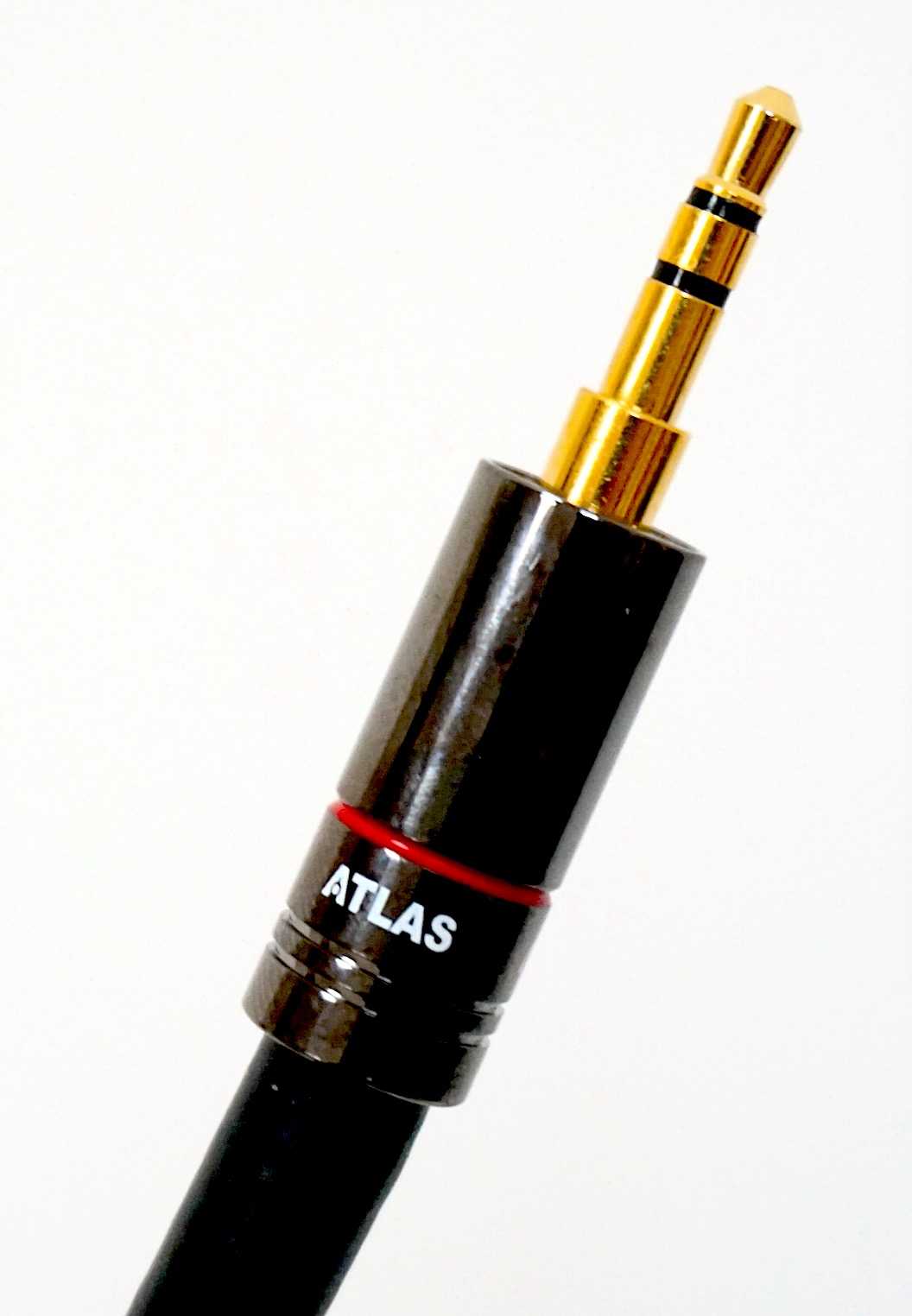
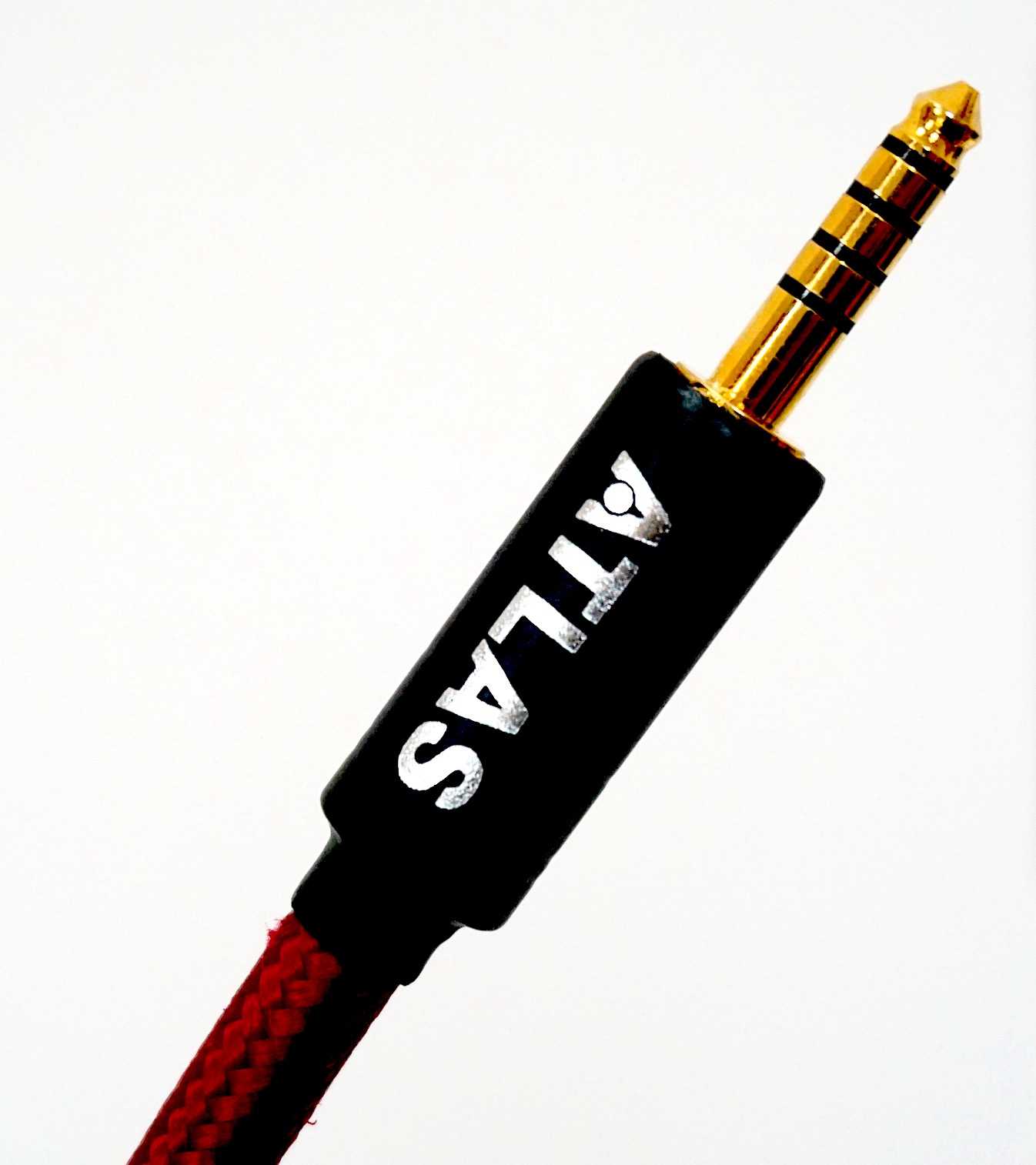
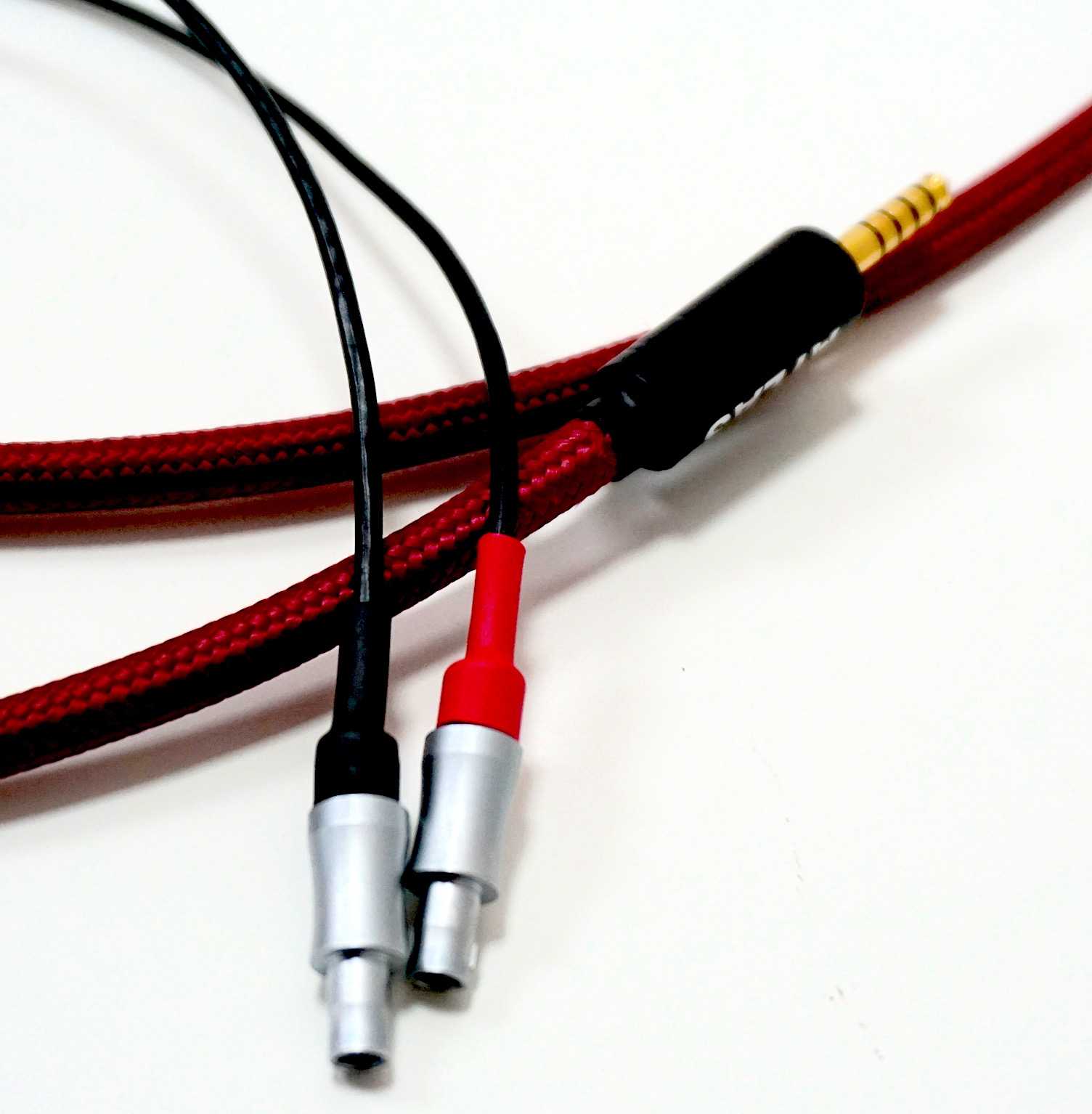
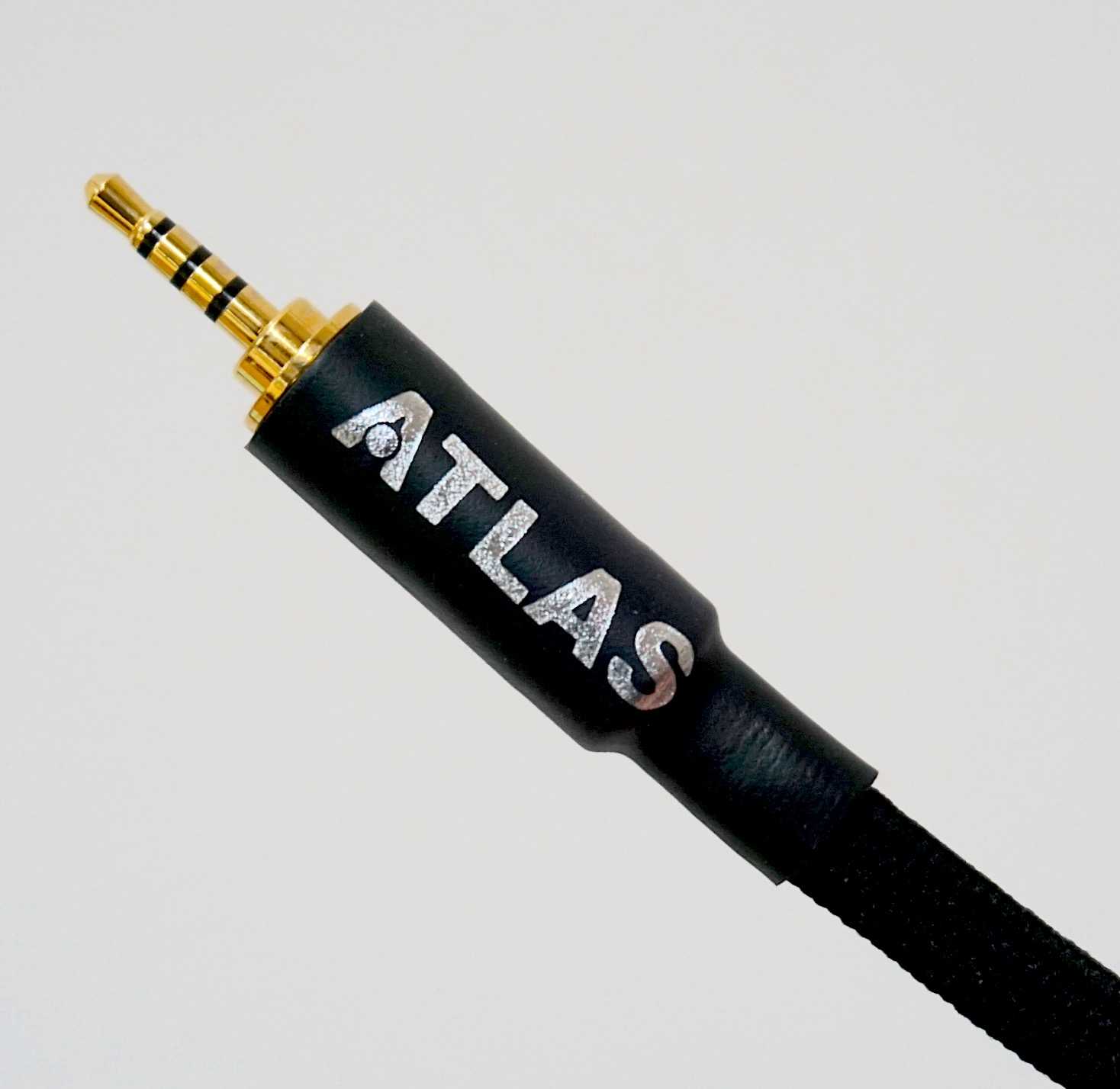
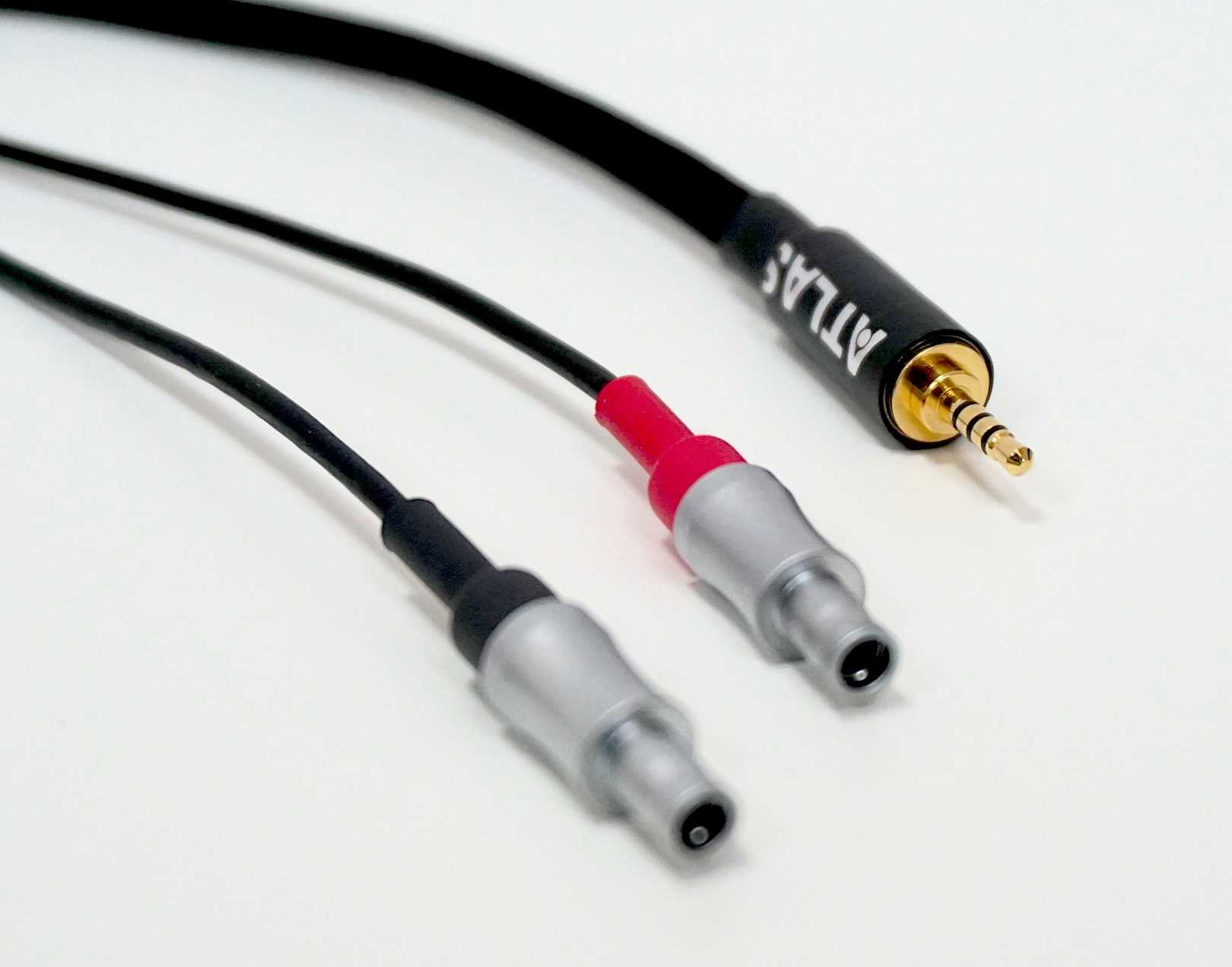
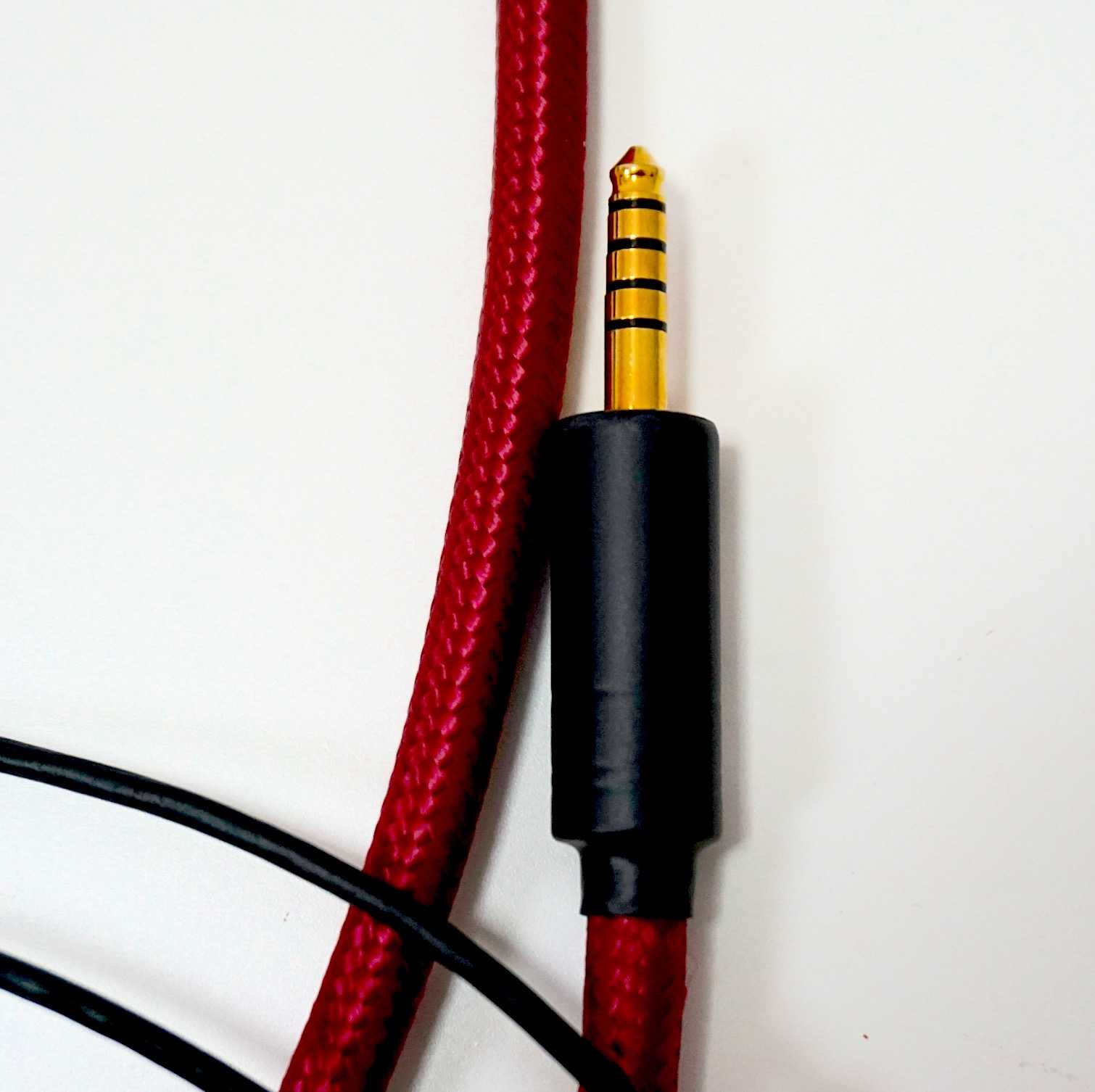



Atlas has a new Grun Harmonic headphone cable Paul- with an earthing cable thingy for it.
Looks pretty interesting.
Thanks for the heads up, Will.